The 18 Most Versatile Actors in Film History
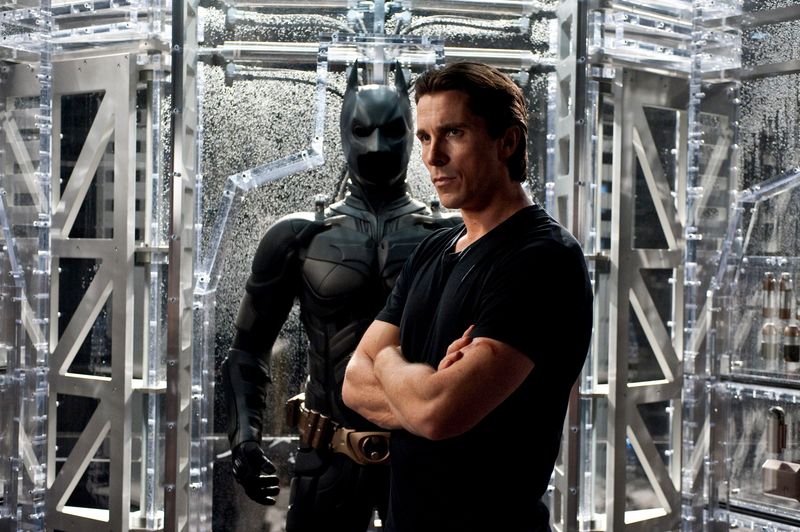
Acting takes incredible skill, but some performers go beyond, transforming themselves completely from role to role. These extraordinary actors can make us laugh, cry, and feel everything in between. They disappear into characters so completely that we sometimes forget who’s behind the performance. Here’s a celebration of film’s most versatile chameleons who have mastered the art of transformation.
1. Meryl Streep
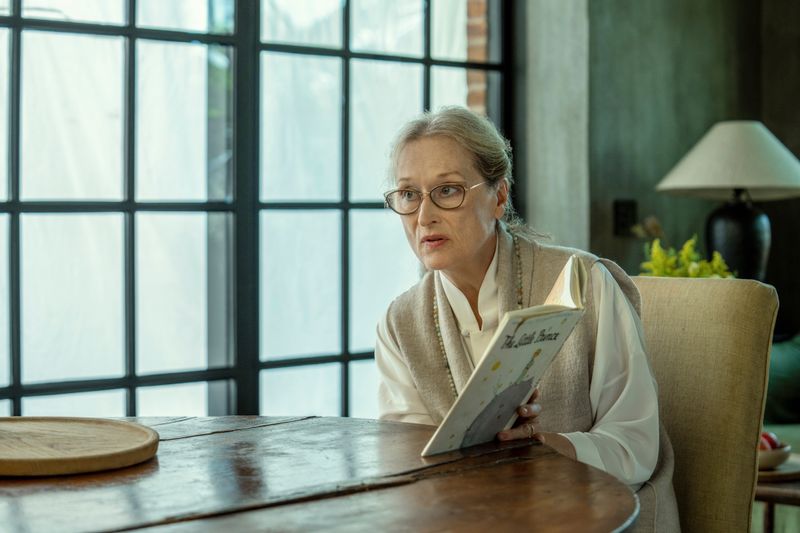
The queen of accents and transformations has earned her crown through decades of astonishing performances. From her heart-wrenching portrayal in “Sophie’s Choice” to her deliciously wicked Miranda Priestly in “The Devil Wears Prada,” Streep morphs completely with each role.
Her musical talents shine in “Mamma Mia!” while her political gravitas anchors “The Iron Lady.” With a record-breaking 21 Oscar nominations, Streep’s versatility isn’t just impressive—it’s unprecedented.
What makes her truly special is how she brings humanity to every character, whether playing a witch in “Into the Woods” or a whistleblower in “Silkwood.” Her ability to disappear into roles while maintaining authenticity makes her arguably cinema’s most adaptable performer.
2. Daniel Day-Lewis
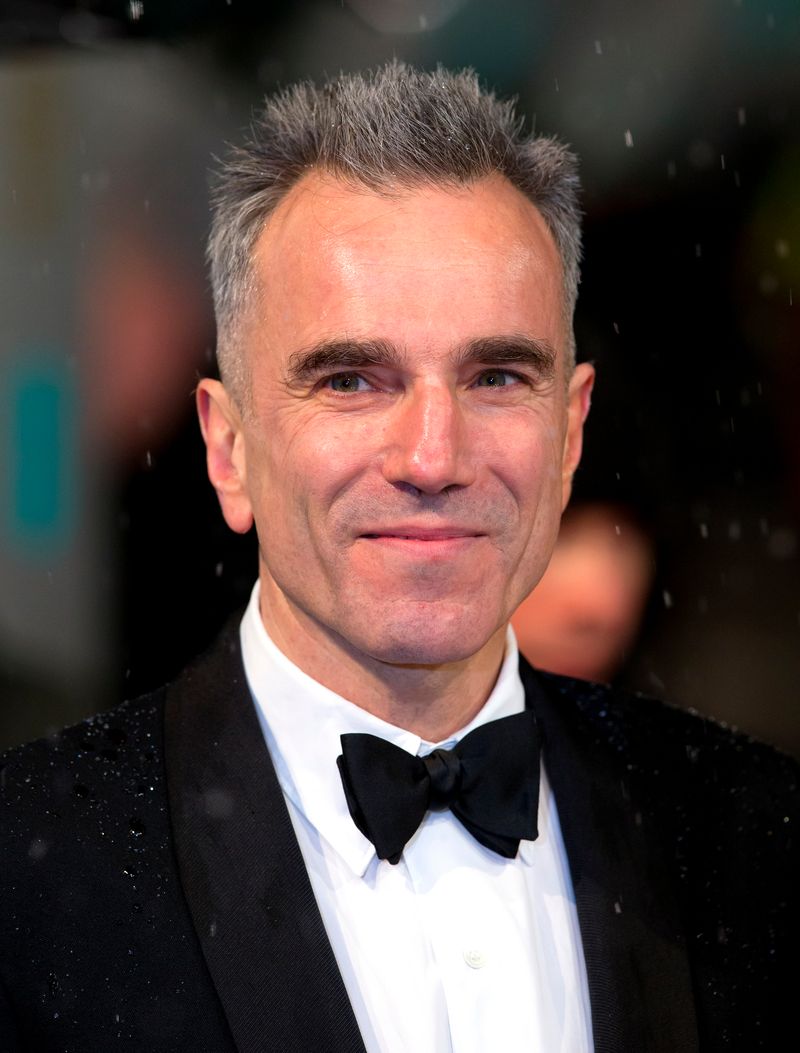
Legendary for his method acting approach, Day-Lewis doesn’t just play characters—he becomes them. During the filming of “My Left Foot,” he remained in a wheelchair and needed to be spoon-fed, fully embodying his character’s cerebral palsy.
For “The Last of the Mohicans,” he lived in the wilderness, learning to hunt and build canoes. His preparation for “Lincoln” included speaking in the president’s high-pitched voice for months, even when cameras weren’t rolling.
Perhaps most impressive is how different each performance feels—from the terrifying oil tycoon in “There Will Be Blood” to the refined dressmaker in “Phantom Thread.” Though now retired, his three Best Actor Oscars (a record) stand as testament to his unmatched commitment to transformation.
3. Cate Blanchett
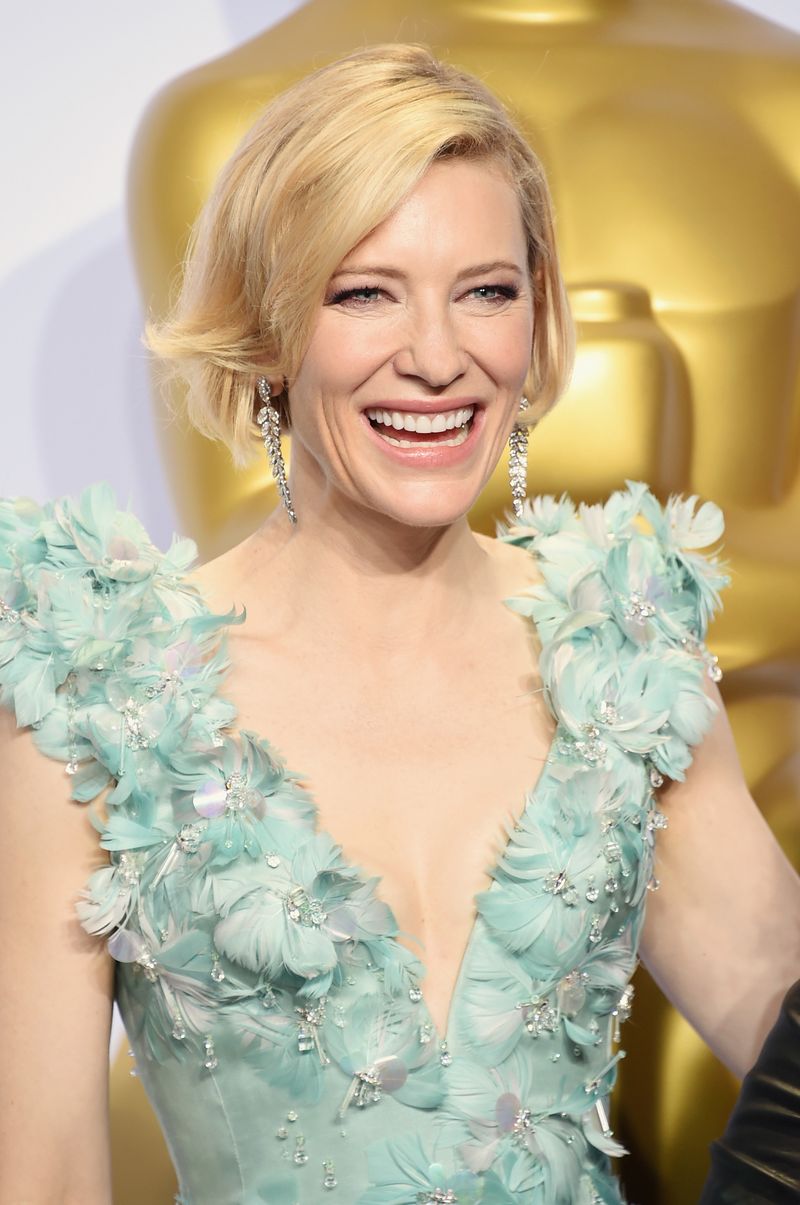
Few actors move between art house and blockbusters with the graceful ease of Blanchett. Her royal bearing as Queen Elizabeth I contrasts startlingly with her unhinged socialite in “Blue Jasmine,” showcasing her extraordinary range.
Blanchett fearlessly tackles roles that defy gender boundaries. Her portrayal of Bob Dylan in “I’m Not There” and the conductor Lydia Tár in “TÁR” demonstrate her willingness to explore complex identities. Even as the cosmic villain Hela in “Thor: Ragnarok,” she brings unexpected depth.
Her technical precision is matched by emotional intelligence that makes each character distinctly alive. Australian by birth but global in her approach, Blanchett’s theatrical background gives her performances a heightened quality while remaining deeply truthful.
4. Gary Oldman
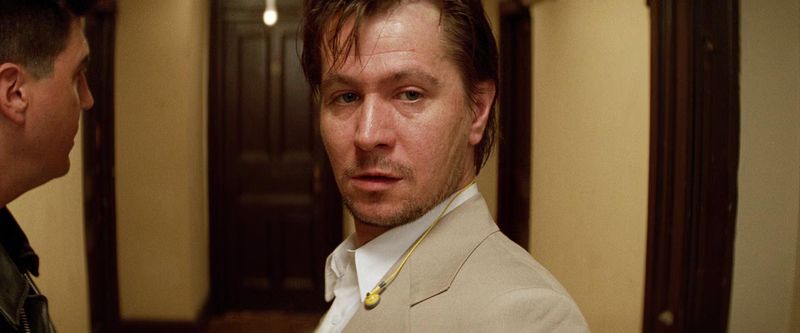
The ultimate shape-shifter, Oldman vanishes so completely into his roles that many viewers don’t realize they’re watching the same actor. His wild-eyed, romantic vampire in “Bram Stoker’s Dracula” bears no resemblance to his stoic George Smiley in “Tinker Tailor Soldier Spy.”
From the punk rock chaos of Sid Vicious to the dignified gravitas of Winston Churchill in “Darkest Hour” (which won him an Oscar), Oldman’s transformations are total. His chameleon-like quality extends to accents, physicality, and even his entire energy on screen.
As Commissioner Gordon in “The Dark Knight” trilogy or the flamboyant villain in “The Fifth Element,” he’s equally convincing. What’s remarkable is how Oldman achieves these transformations without relying on method acting extremes—pure craft guides his chameleonic abilities.
5. Philip Seymour Hoffman
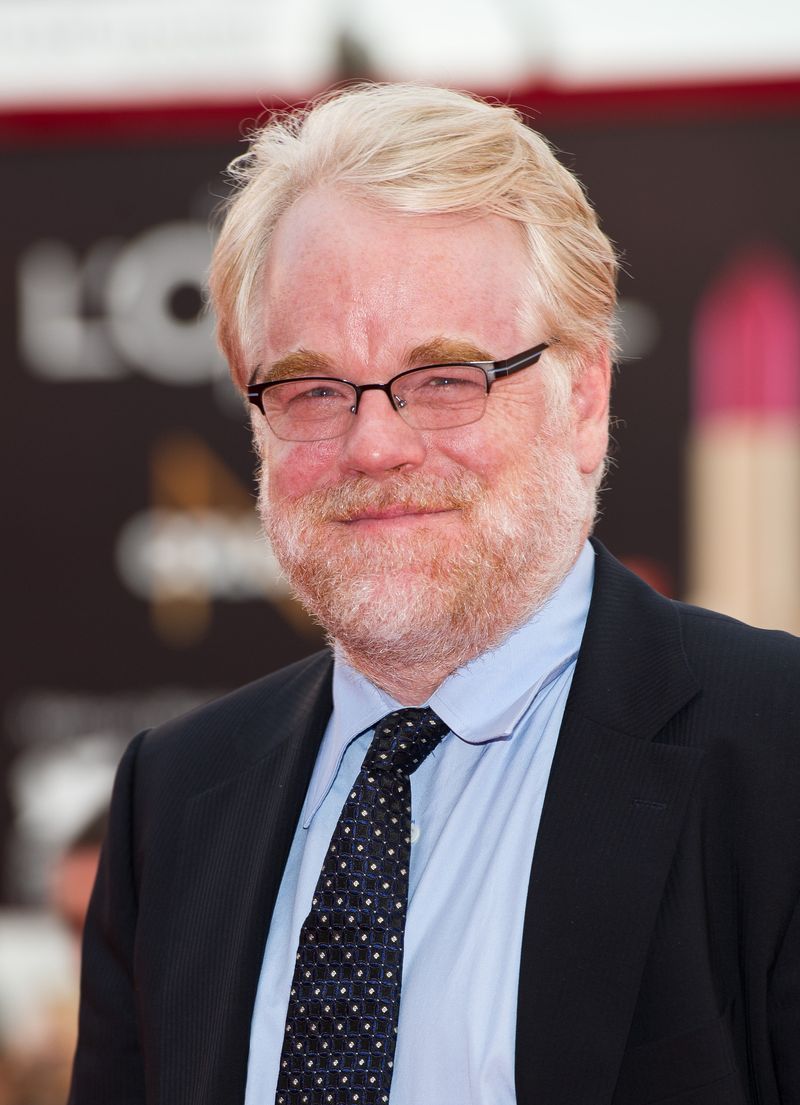
Before his tragic early death, Hoffman demonstrated a rare ability to inhabit characters from all walks of life. His Oscar-winning turn as Truman Capote revealed his gift for physical and vocal transformation, capturing the author’s distinctive mannerisms without caricature.
Hoffman could play bombastic and larger-than-life, like his rock critic Lester Bangs in “Almost Famous” or his cult leader in “The Master.” Yet he was equally compelling in quieter roles, bringing depth to supporting characters in “The Big Lebowski” and “Boogie Nights.”
Perhaps most surprising was his range between indie dramas and mainstream fare like “Mission: Impossible III,” where he created one of the franchise’s most menacing villains. His everyman appearance concealed extraordinary emotional access, allowing him to be both relatable and utterly transformative.
6. Tom Hanks
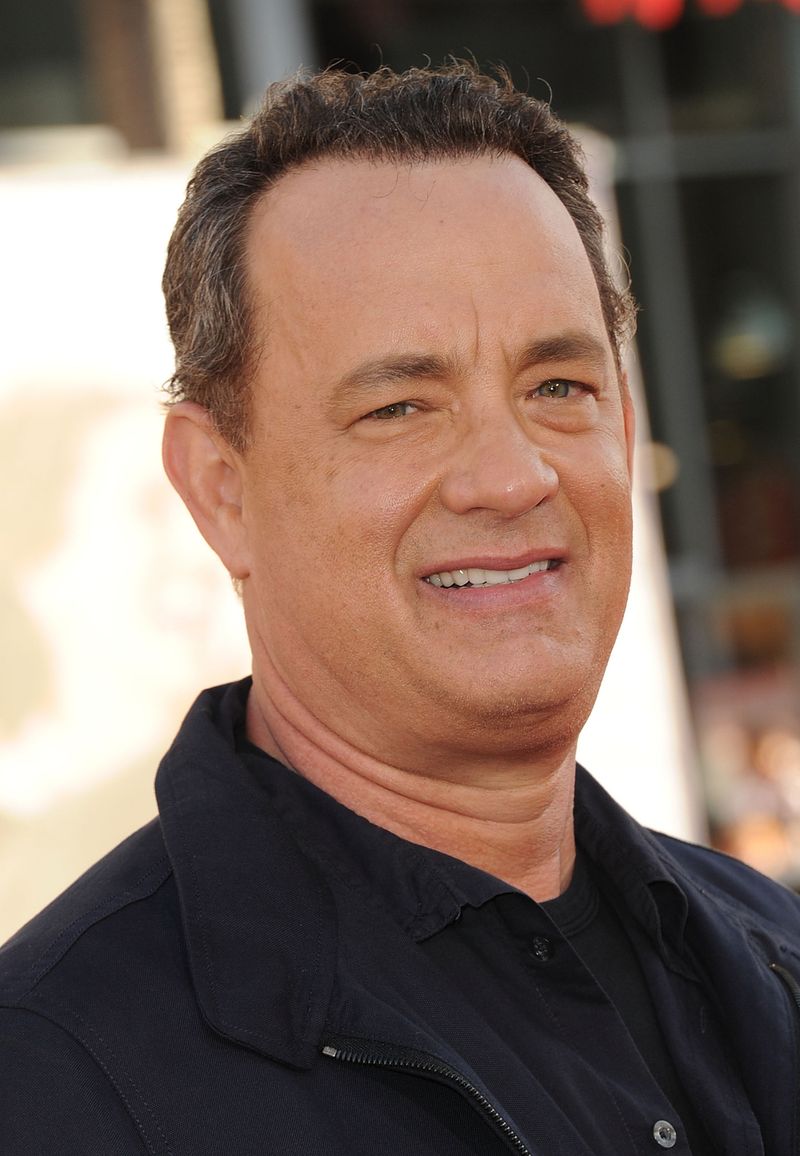
America’s most beloved actor began as a comedy star in films like “Big” and “Splash” before revealing dramatic depths that would earn him back-to-back Oscars. His portrayal of an AIDS patient in “Philadelphia” showed his willingness to take risks, while “Forrest Gump” demonstrated his ability to create iconic, enduring characters.
Hanks excels in both contemporary settings and period pieces like “Saving Private Ryan” and “Road to Perdition.” His voice work as Woody in the “Toy Story” franchise proves his expressiveness extends beyond physical performance.
What makes Hanks special is his emotional accessibility—whether playing a stranded survivor in “Cast Away” or a heroic pilot in “Sully,” audiences connect with his humanity. His everyman quality allows him to disappear into roles while maintaining the warmth that makes him universally appealing.
7. Viola Davis
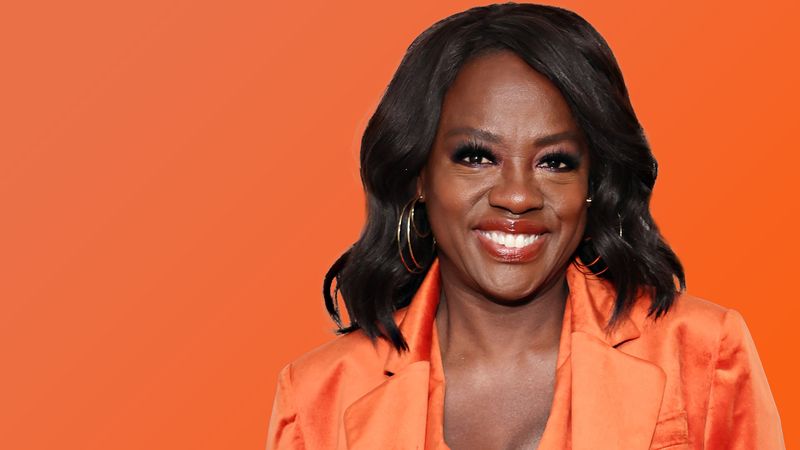
With thunderous emotional power and pin-point precision, Davis commands every scene she enters. Her breakthrough in “Doubt” required just one scene to earn an Oscar nomination, while her raw vulnerability in “Fences” secured her the trophy.
Davis moves effortlessly between mediums, winning the rare Triple Crown of Acting (Oscar, Emmy, and Tony). On television, her Annalise Keating in “How to Get Away with Murder” revealed new facets with each episode. In action films like “Widows” and “The Woman King,” she brings physical intensity and leadership qualities rarely afforded Black actresses.
Her performance in “The Help” demonstrated her ability to find dignity in characters that could have been stereotypical. Davis’s classical training shines through her technical excellence, while her life experience informs performances of startling authenticity and emotional truth.
8. Robin Williams
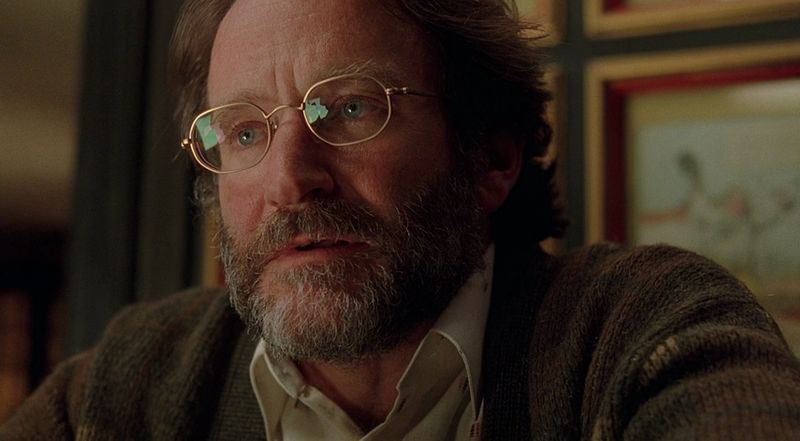
Lightning-fast comedic genius met profound emotional depth in Williams’ extraordinary career. His manic energy in comedies like “Mrs. Doubtfire” and “Aladdin” contrasted dramatically with his restrained, haunting performances in “Good Will Hunting” and “Dead Poets Society.”
Williams could switch between hilarity and heartbreak within a single scene. His improvisational brilliance made him unpredictable, while his formal training gave him technical control when needed. Few suspected the zany alien from “Mork & Mindy” would become one of cinema’s most affecting dramatic actors.
His darker side emerged in psychological thrillers like “One Hour Photo” and “Insomnia,” revealing unsettling depths. Williams’ versatility wasn’t just about range but emotional authenticity—whether making us laugh or cry, we always believed him completely.
9. Charlize Theron
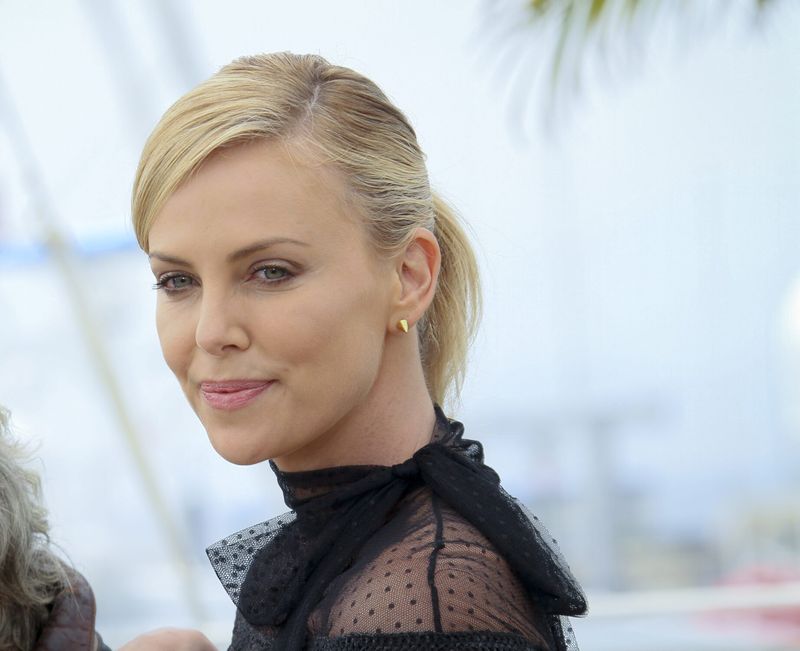
Former model Theron shattered expectations with her Oscar-winning transformation in “Monster,” gaining weight and becoming unrecognizable as serial killer Aileen Wuornos. This dramatic metamorphosis announced her as an actor of remarkable courage and commitment.
Equally surprising was her pivot to action heroine in “Mad Max: Fury Road” and “Atomic Blonde,” where her ballet training enabled her to perform brutal fight choreography with graceful precision. Her comedic timing in films like “Long Shot” and “Young Adult” revealed yet another dimension to her talents.
South African-born Theron masters accents effortlessly, from American regional dialects to her native Afrikaans. Her beauty becomes a tool rather than a limitation, allowing her to play against type or lean into glamour as roles require.
10. Christian Bale
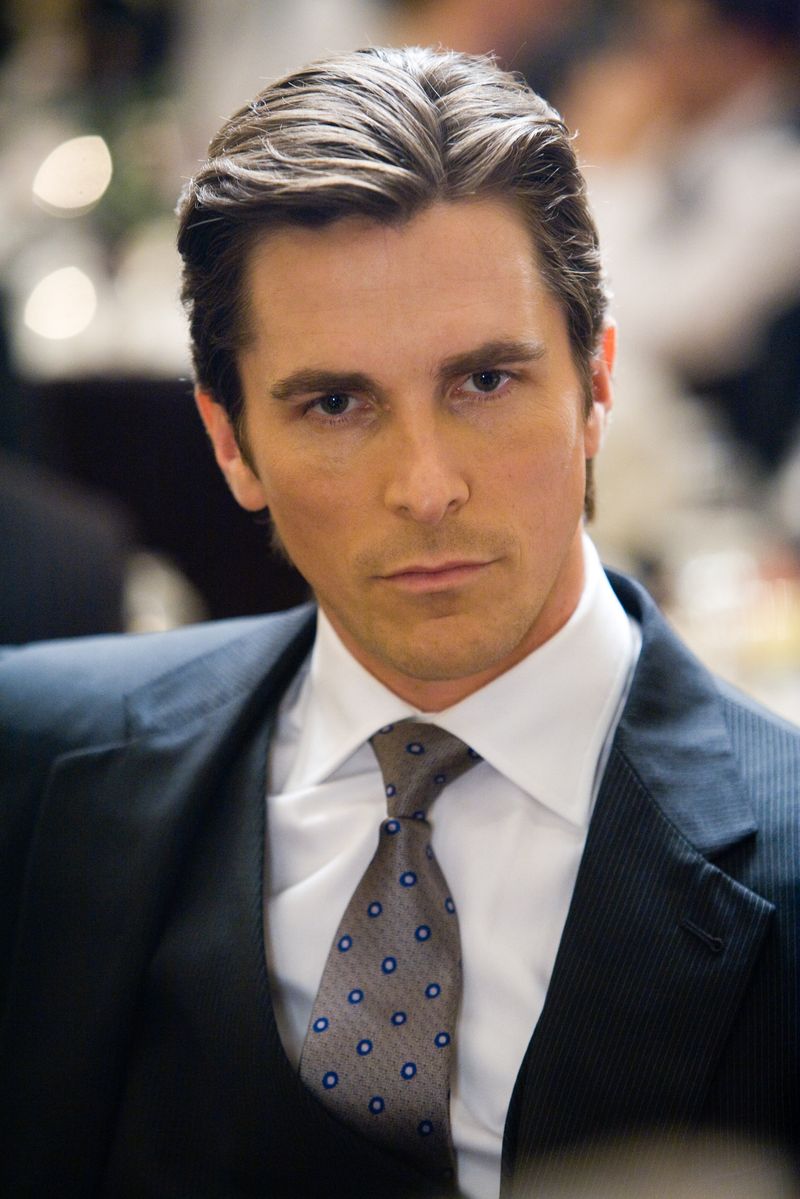
The master of physical transformation, Bale repeatedly puts his body through extraordinary changes for his art. He famously lost 63 pounds for “The Machinist,” then quickly built muscle to play Batman. Later, he gained 43 pounds and shaved his head for “American Hustle,” and added even more weight to portray Dick Cheney in “Vice.”
Beyond physical changes, Bale’s psychological immersion is equally impressive. His Patrick Bateman in “American Psycho” chills with precise emptiness, while his working-class boxer in “The Fighter” vibrates with nervous energy. Even as a child actor in “Empire of the Sun,” his emotional maturity was apparent.
Welsh-born Bale masters various accents and maintains complete character immersion. Though known for intense method techniques, his performances never feel like stunts—each transformation serves the character’s truth.
11. Heath Ledger
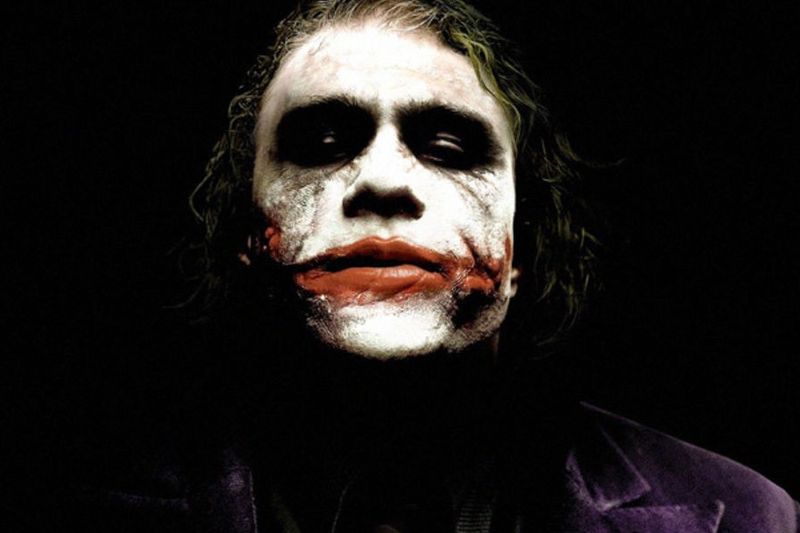
Though his career was tragically cut short, Ledger demonstrated remarkable range in just a handful of films. Beginning as a teen heartthrob in “10 Things I Hate About You,” he quickly sought challenging roles that would showcase his deeper talents.
His sensitive cowboy in “Brokeback Mountain” revealed his ability to communicate volumes through restraint and subtle gestures. Then came his career-defining, posthumously Oscar-winning role as the Joker in “The Dark Knight”—a performance so original and disturbing it forever changed how we view the character.
Australian-born Ledger had a natural charisma that made him compelling in period pieces like “A Knight’s Tale” and gritty dramas like “Monster’s Ball.” His willingness to take risks and completely reimagine characters showed a versatility that suggested a brilliant career was just beginning.
12. Nicole Kidman
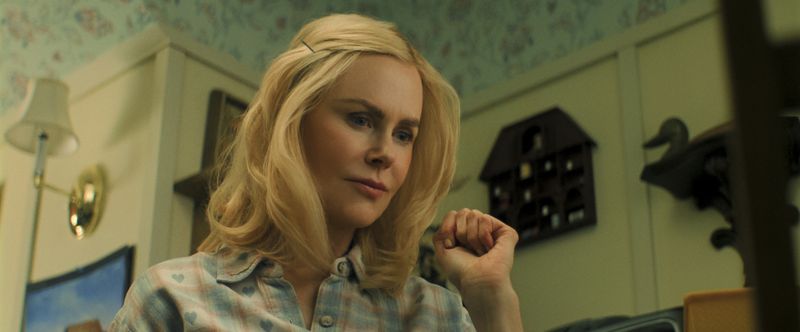
Australian-born Kidman continually pushes boundaries, unafraid to explore complex, often unlikable characters. Her early Hollywood career showcased her beauty, but it was her performance in “To Die For” that revealed her willingness to embrace darker, more ambiguous roles.
Her musical talents sparkled in “Moulin Rouge!” while her prosthetic nose and internal transformation in “The Hours” won her an Oscar as Virginia Woolf. In Lars von Trier’s experimental “Dogville,” she stripped acting to its essence on a bare stage with chalk outlines.
Kidman excels in psychological horror like “The Others” and “The Killing of a Sacred Deer.” Her recent television work in “Big Little Lies” and “The Undoing” demonstrates her ability to carry long-form narratives with subtle character development. Throughout her career, she’s balanced commercial projects with daring artistic choices.
13. Denzel Washington
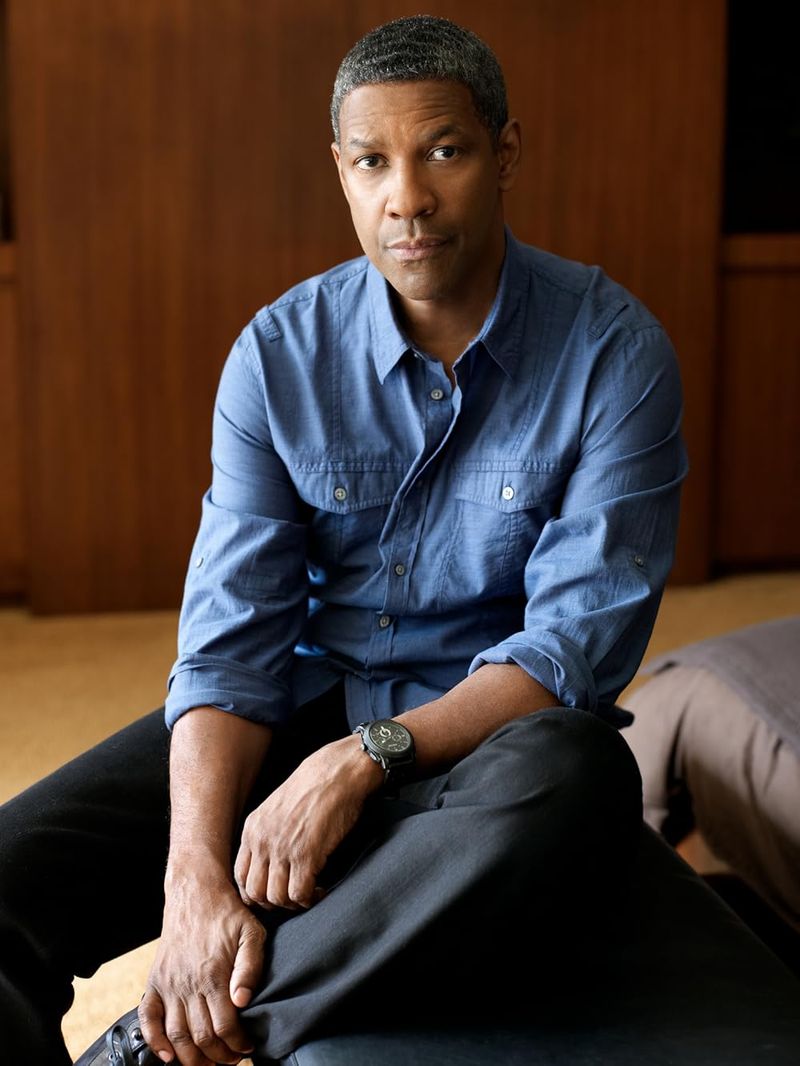
Combining classical training with magnetic screen presence, Washington moves effortlessly between heroic figures and complex antiheroes. His Shakespearean background shines in adaptations like “Much Ado About Nothing,” while his biographical portrayals of figures like Malcolm X and Rubin Carter show his commitment to historical authenticity.
Washington can play righteousness without sanctimony, as in “Philadelphia” and “Glory.” Yet he’s equally convincing in morally ambiguous roles, winning an Oscar for his corrupt detective in “Training Day.” His directorial work on “Fences” allowed him to showcase both his own versatility and nurture other actors’ performances.
Few actors balance intellectual precision with raw emotional power so effectively. Washington’s commanding voice and physical presence make him ideal for authority figures, yet he can communicate vulnerability through the smallest gestures.
14. Tilda Swinton
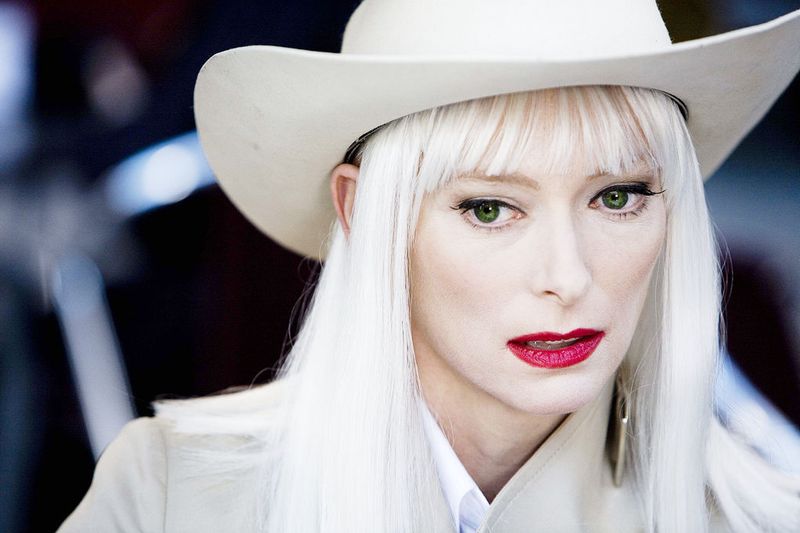
Otherworldly and shape-shifting, Swinton defies categorization in both her role choices and her androgynous presence. Her breakthrough in “Orlando,” where she played a character who changes gender across centuries, established her comfort with radical transformation.
Swinton can be ethereal, as in her Ancient One in “Doctor Strange,” or brutally earthbound, like her alcoholic kidnapper in “Snowpiercer.” Her maternal roles in “We Need to Talk About Kevin” and “The Deep End” explore the darker complexities of parenthood. Collaborations with directors like Wes Anderson and Jim Jarmusch showcase her deadpan comedic abilities.
Scottish-born Swinton began in experimental theater and maintains an art-world connection alongside mainstream success. Her alien quality becomes an asset in roles requiring otherworldliness, while her emotional authenticity grounds even her most abstract performances.
15. Johnny Depp
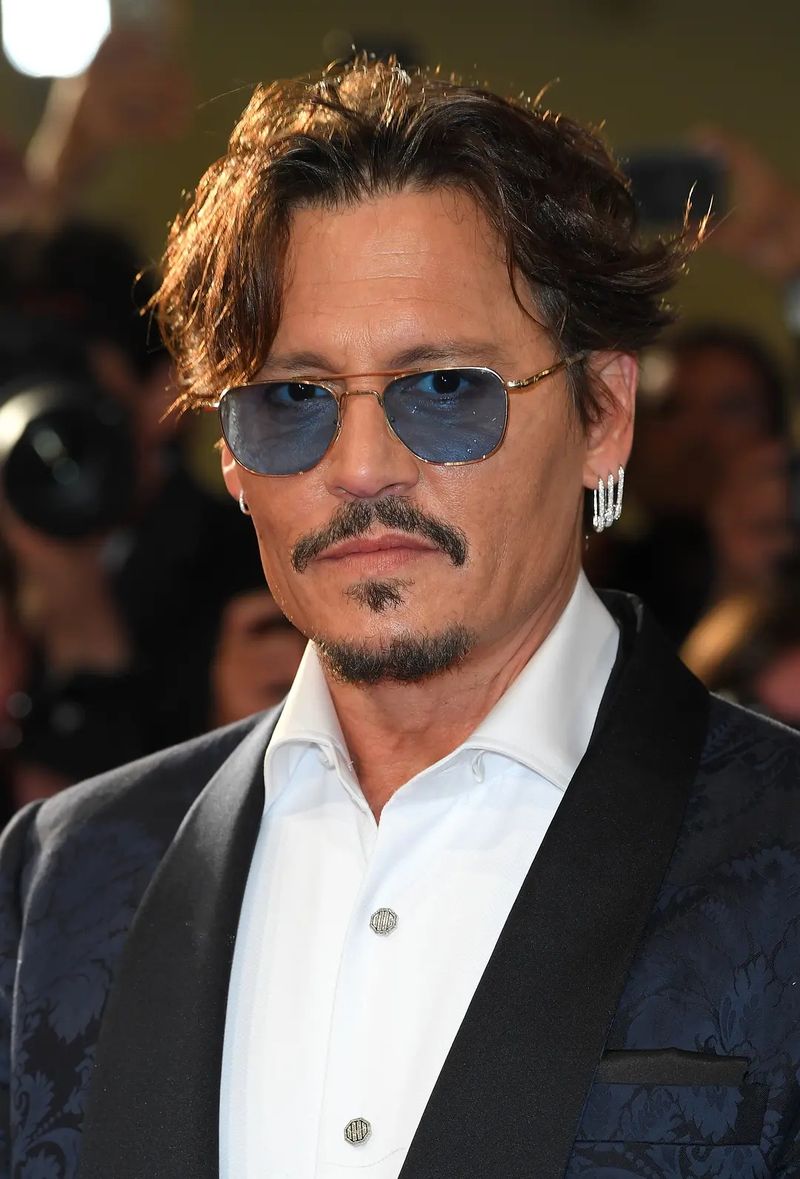
Before controversy overshadowed his career, Depp built a reputation as Hollywood’s most daring character actor. His collaboration with Tim Burton produced unforgettable creations—from the gentle outsider Edward Scissorhands to the ghoulish Sweeney Todd.
Depp’s gift for physical comedy and commitment to character quirks made his Captain Jack Sparrow an unexpected cultural phenomenon. Yet he could be remarkably restrained in dramas like “Finding Neverland” and “Donnie Brasco,” where subtle character work replaced theatrical flourishes.
His chameleon-like abilities extended to accents and languages, convincingly playing everyone from a Native American in “Dead Man” to a British aristocrat in “From Hell.” At his peak, Depp combined mainstream appeal with artistic risk-taking, creating characters so distinct they seemed to come from different actors entirely.
16. Jack Nicholson
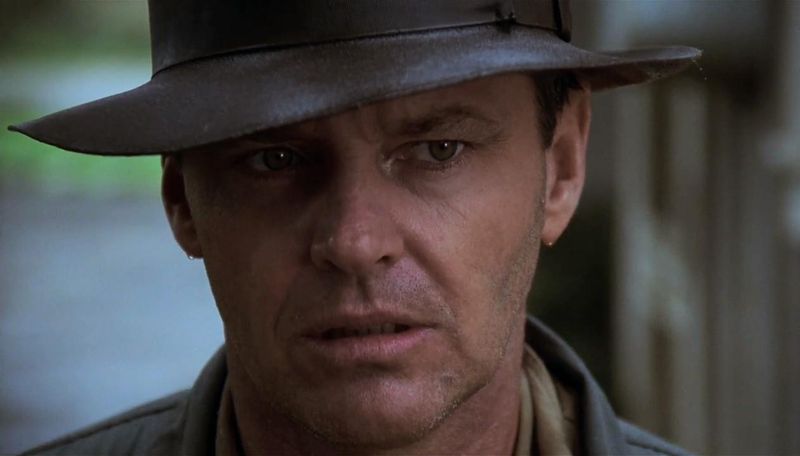
With his iconic eyebrows and devilish grin, Nicholson created some of cinema’s most memorable characters across five decades. His early counterculture roles in “Easy Rider” and “Five Easy Pieces” established him as a new kind of American antihero.
Nicholson’s range spans the terrifying—his unhinged Jack Torrance in “The Shining”—to the tender, as in his obsessive-compulsive writer in “As Good as It Gets.” His corrupt gangster in “The Departed” arrived decades after his career began, proving his enduring capacity for reinvention.
Perhaps his greatest achievement is his psychiatric patient R.P. McMurphy in “One Flew Over the Cuckoo’s Nest,” balancing rebellion, humor, and tragedy. Nicholson’s performances feel dangerously alive, suggesting a volatile mind behind his characters’ actions.
17. Frances McDormand
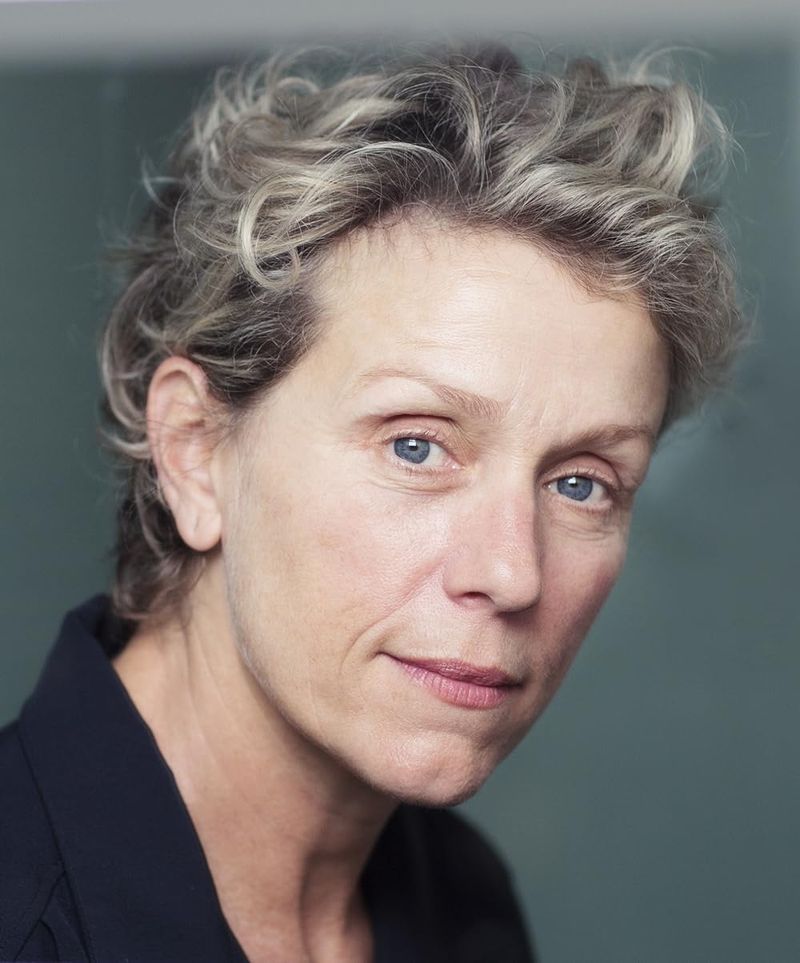
Authenticity radiates from McDormand’s performances, making her one of cinema’s most believable presences. Her career-defining role as pregnant police chief Marge Gunderson in “Fargo” showcased her ability to find humanity in quirky characters without reducing them to caricatures.
McDormand excels in roles featuring working-class women facing difficult circumstances. Her Oscar-winning performances in “Three Billboards Outside Ebbing, Missouri” and “Nomadland” explore grief and resilience through characters of remarkable complexity. In ensemble comedies like “Almost Famous” and “Moonrise Kingdom,” she creates memorable supporting characters with minimal screen time.
Trained in theater, McDormand brings technical precision to seemingly effortless naturalism. Her refusal to conform to Hollywood beauty standards has allowed her to inhabit roles with a lived-in quality rarely seen on screen.
18. Al Pacino
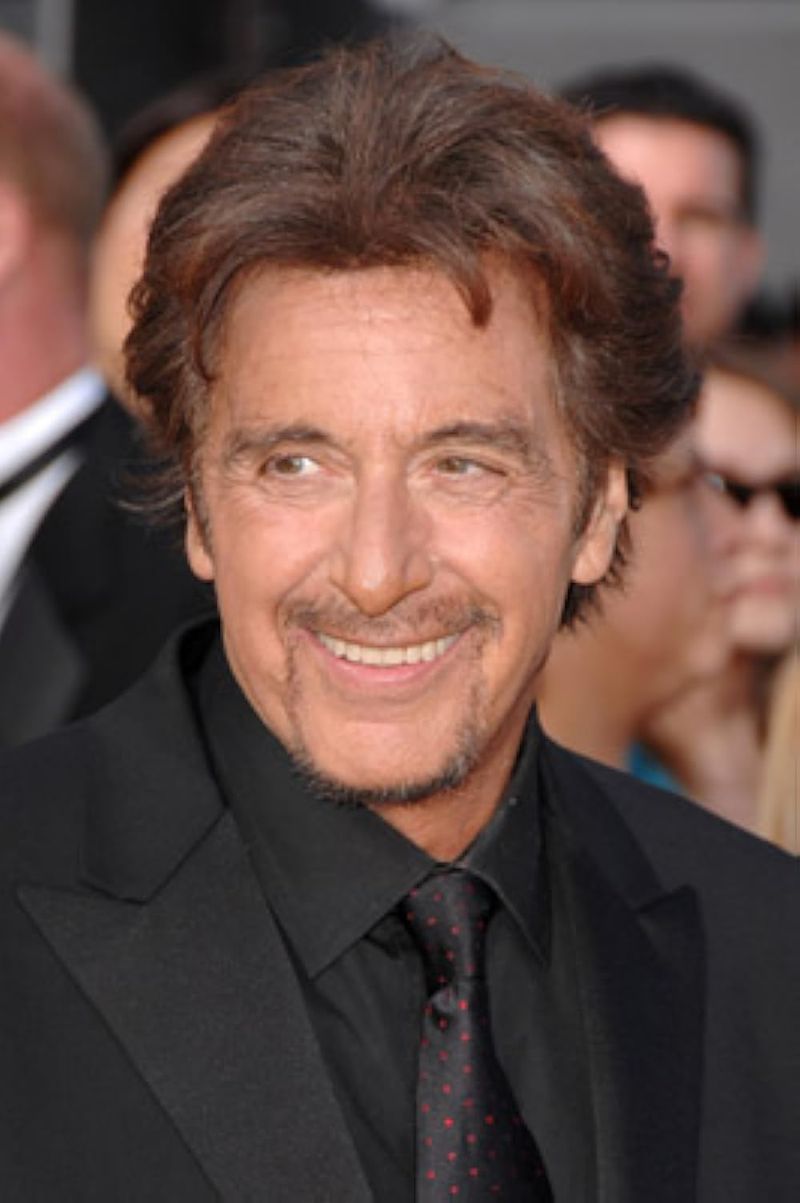
From quiet intensity to explosive rage, Pacino’s emotional range revolutionized film acting. His Michael Corleone in “The Godfather” trilogy represents one of cinema’s most complete character arcs—a decent man’s gradual corruption told across decades.
Pacino can be operatically big, as in his cocaine kingpin Tony Montana in “Scarface” or his blind lieutenant in “Scent of a Woman” (which won him an Oscar). Yet he’s equally effective in restrained performances like “The Insider” and “Donnie Brasco.” His willingness to take risks extends to unexpected comedies like “Jack and Jill” alongside Shakespeare adaptations.
His theatrical background gives him comfort with lengthy monologues and heightened language. Even in his 80s, Pacino continues to surprise, bringing fresh energy to roles in “The Irishman” and “House of Gucci.”

Comments
Loading…